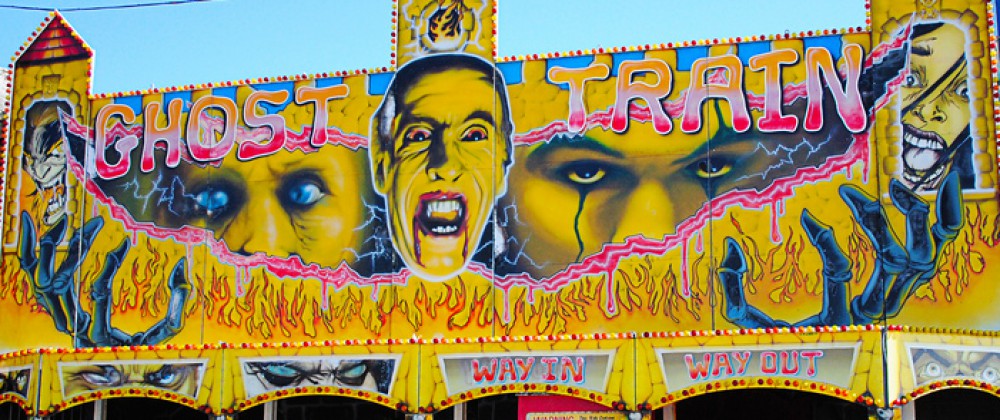Over the summer we were given a brief which involved creating work that was portable and compact, an example of an artist working in this way would be Marcell Duchamp’s use of suitcases as displays for his work, which was very small. These pieces were not unlike museum displays, and this was the theme we were to focus on over the summer. We were each given a small square sketchbook to draw in, write in, collage, fold etc. Essentially anything we wanted to do with them, as long we had something to focus on. Thinking about museums I visited the Pitt Rivers museum in Oxford and found myself thinking about heritage, religion, superstition, rituals, remedies, spirituality, and how all these things things can be manifested or proven through objects. The Pitt Rivers (being a vast collection of artefacts from different periods and different places around the world) seemed like the perfect place to observe how all these things are preserved and displayed.



I found myself staring at the masks they have on display, all with different purposes and meanings, most of them very scary.
As much as I am interested in masks, I did not see myself going down such a route with my work for this year. What I felt truly inspired by was the trip I had taken with my family back in April to Pembrokeshire. Now i’m from Somerset, and there are undoubtedly some of the most beautiful landscapes in the Somerset countryside, but I soon learned they can only be matched by the untouched beauty of the Welsh countryside. There is something so rugged about the Welsh landscape, and i’m a sucker for a good view, and the beauty of the places we visited stayed with me and resonated in me like no other place I’d been before. Perhaps it was the sense of nostalgia I felt from spending time with my family that made this trip so emotional for me, but I knew it would somehow feed my future work. I felt inspired by landscapes like these.


In June I went to an exhibition at the Cardiff National museum which was based on the Welsh heritage, the Welsh landscape, the poetry it inspired, and the art work that sprung from that poetry. Allen Ginsberg (a famous American poet) was shown in a recording of him excitedly reciting a poem he wrote in response to a time he went walking in the Welsh Countryside whilst under the influence of LSD. His words almost seemed illustrated by Ceri Richard’s painting titled ‘The Cycle of Life’. Here is a picture I wasnt allowed to take of it.

This painting was in fact inspired by the Welsh poet Dylan Thomas, who also recited Wales’ beauty.
I was in awe of the giant paintings by Richards and Graham Sutherland: the way they represented a landscape yet were so undefined and abstract, the use of colour and the expressive, flowing marks. I loved this idea for a way of working – simply recreating landscapes but containing their beauty – but I could not foresee how I could approach this idea without outright copying Ceri Richards’ style, so I decided to take another direction for my work that would still show my admiration and respect for nature.
I began studying flowers and realised how much I liked zooming in on separate parts of nature. Here are some drawinjgs I made.



I then began to define this particular style when I came back to uni in September. I like working with colouring pencils, they have a child-like laborious qualiy that looks so innocent, but in an ironic way (as I found myself drawing flowers in a way that made them look rather menacing – this I liked).




Overall, that is the journey my work has taken so far. I am happy with the theme I have solidified and I hope to see it bloom throughout the year (pun intended).































